Cleaning up suspicious and “unnatural” backlinks is a healthy habit of every white hat specialist: link building is the heart of off-site SEO. Give your websites some love. Think of their long-term success and search rankings.
Even if you have been true to white hat SEO practices throughout your career, a sudden influx of spam links can ruin your website – and your business. How do you counter negative SEO and get rid of bad backlinks?
What Is A Backlink In SEO?
A backlink is a URL reference pointing to your website from external web sources. Also referred to as incoming or inbound links, they are not technically different from the links that lead away from your website. Rather, the naming reflects another point of view.
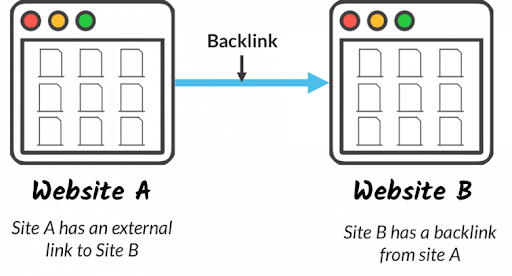
Source: Moz
The sheer number of backlinks leading to your website and the reputation of websites that provide them constitute your backlink profile. Search engine crawlers use the latter to give websites a certain ranking, which immediately affects their visibility on the search results page.
The website owners who acknowledge the importance of their backlink profiles approach the matter with diligence, manually building backlinks and weeding out the ones that poison their reputation: the toxic backlinks.
This article will show you the most widespread link-building practices that may harm your backlink profile, share helpful tips on finding and removing bad links that ruin your website’s credibility, and explain why bad links are harmful.
What Are Toxic Backlinks?
Bad backlinks harm your ranking and reduce the chances of appearing on the top of the SERP (Search Engine Results Page) for a particular query. At best, they are ignored by search engines and simply bring no value.
The question is, how can one be 100% certain that a given link is bad? How does one automatically detect the sources of these links?
Although the definition I’ve given above is intuitive, common sense alone is often not enough to tell if organic or manually allocated SEO backlinks will boost your site’s rank. That is why I will review some backlink audit tools later on.
As a rule of thumb, when in doubt, dispose of questionable backlinks.
Here is a breakdown of potentially harmful links:

Source: Ahrefs
Notice the word “may” below the title. This is an anode to Google’s original Quality Guidelines.
Another danger lies in the fact that your competitors may deliberately use low-quality backlinks to discredit your website, using negative SEO.
How Do Toxic Links Usually Look?
A spammy anchor text is bad. At the very least, the readers will notice it right away, and they will not be impressed.
It is hard to say where the misconception about the efficiency of spamming grammatically wrong search queries in content comes from. A decade ago, Google’s Matt Cutts asserted that high page ranking correlated with good spelling and grammar, even though grammar and spelling were not among the ranking metrics. Think about it when you try to target long-tail keywords like “cat food cheap UK”.
Such anchor text is also called “optimized”, “exact match”, or “keyword rich”. The truth is, these labels do not reflect the negative implications of keyword stuffing.
Where Do Toxic Links Usually Come From?
As a rule, natural backlinks come from the same-language websites that are related to your niche. Therefore, a .uk domain is not expected to have many backlinks from .ru or .br websites, for example.
The websites that openly trade links are likely going to spoil your ranking. Controversial websites linking back to you (e.g., adult content) are not useful unless they are in the same niche.
Link Building Practices That Bring Toxic Backlinks
In SEO, link building is not an exact science because search engines never fully disclose how their ranking algorithms work. No wonder! Should they fully reveal their ranking criteria, thousands of marketers will start abusing the system.
Nonetheless, some practices nowadays are big no-nos for SEOs, even though they were common and effective about a decade ago.
1. Spun Content Links
Plagiarism detection algorithms are now more advanced than they used to be. Rephrasing software has progressed, too. The purpose of producing dozens of copies of different and seemingly unique content is to insert links to your main websites into them.
State-of-the-art neural networks are able to generate readable texts from a single headline. Such content does not even need a round of proofreading to be ready for publishing.
The technology is extremely expensive, so black hat SEOs consider outsourcing content writing for the same purposes.
2. Private Blog Networks (PBN)
The articles I just discussed must be published on websites that seemingly do not belong to you. You could reach out to third-party spam blogs and article catalogs or build your own network:
- Buy expired domains that are more or less related to your niche.
- Clean up the old content or prevent it from indexing.
- Publish the product of your content farms or the software mentioned above and link your commercial websites.
- Get bashed by Google eventually. PBNs are not worth it in 2022.
3. Spam Comments
I first became acquainted with this practice back in 2016 when I ran my private WordPress blog. Spam comments with meaningless text and irrelevant links popped up in my posts all the time. The good thing was, the comments first had to be approved to be visible to the larger public.
However, not every website has comment moderation enabled, and even if it does, the pending comments may still be visible to search engines.
The idea behind this technique is to make Google think that people all around the Internet are talking about a linked website. Same with forum spam.
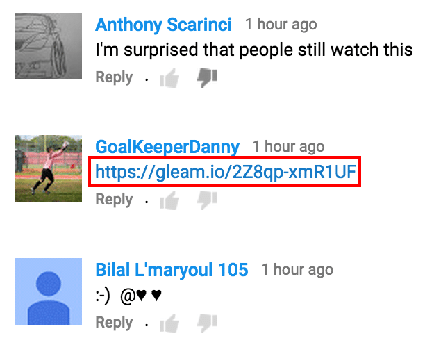
Source: Researchgate
4. Buying “dofollow” Links
Ideally, every paid link must come with the “nofollow” or “sponsored” attribute (the latter is preferred). Paid dofollow links are especially harmful if they come from spammy websites unrelated to your niche.
5. Low-quality Directory Submissions
Directories are a retro way of looking up content on the web. They essentially list websites and group them into categories to simplify the search for users. Does anyone even need such a thing for SEO link building in 2022? In general, no. However, there are still enough web directories that value their reputation, have high rankings, and are useful to users. Their submission expectations are correspondingly high.
6. Building Backlinks from Hacked Sites
It is an outright breach of law.
Although, here are some words of encouragement: you cannot get all of the backlinks from natural traffic. You have to market your content and product somehow. For instance, Google does not mind editorial links. However, if there is a sudden spike in the number of backlinks, Google will find it suspicious.
7. Finally, There are Unnatural Widget Links
Google defines any link that is a part of a link scheme as unnatural: paying for links or otherwise incentivizing their placement may result in a ranking penalty. Also, notice the “optimized” anchor text in the example below:
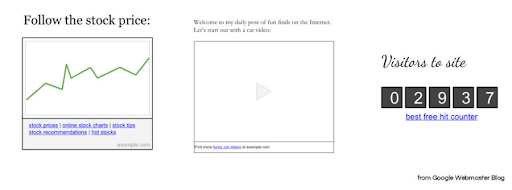
Source: Business2Community
The go-to solution is to remove the link altogether or add a “nofollow” attribute to it.
The recent Google Link Spam update is being actively discussed on the web right now. In a nutshell, Google did not announce anything new concerning their ranking policies: do not participate in link schemes, do not use various software gimmicks to auto-build links, and always mark inbound links with “sponsored” or “nofollow” rel attributes in the appropriate situations. Google does not punish dofollow backlinks per se. However, it is excellent at determining whether your dofollow backlinks are natural or not.
How To Find Toxic Backlinks?
Regardless of your website’s popularity, you do not want to check for bad backlinks manually. I came across a suggestion to use the following query in Google search: “link:www.example.com -site:www.example.com.” The results of running it were messy and irrelevant.
Find backlinks faster and easier with dedicated tools. For instance, SE Ranking’s online tool performs a backlinks check in seconds, accompanied with various useful website stats:
- new and lost website backlinks over a given timeline;
- countries of the referring domains;
- top anchor text choices;
- the website’s most linked pages;
- how many Education and Government domains link to you;
- the dofollow/nofollow ratio;
- Alexa Rank of the referring domains, and more.
Now that you know how toxic backlinks typically look and where they come from, you can find them on the list and take action. Filters, column customization, and export options are there if you want to feed the data to another tool or create custom reports.
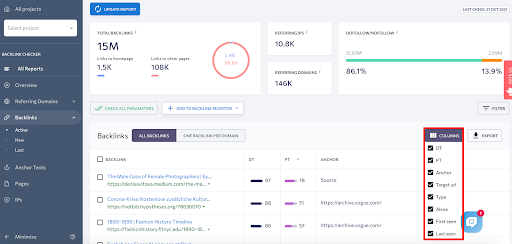
The tool is “freemium”, so you can try it out now and sign up if the need for more advanced functions arises (for example, tracking backlinks real-time for certain pages). Just type in the domain address that interests you – it is that easy.
Tired of Toxic Backlinks? Build Quality Backlinks With These Easy Tips!
Another example of link profile analysis is Majestic. It uses custom-designed Trust Flow and Citation Flow metrics to evaluate link quality, as well as quantity. Besides the usual link statistics (unique referring domains, IPs and subnets, other numeric link stats, anchor text data), subscribers have access to the following interesting features:
- Visualized Topical Trust Flow that compares your website to the top sites in over 800 categories and gives you an idea about the overall popularity of your website in a given niche.
- A complete breakdown of backlinks.
- The context your inbound links appear in, plus the related websites commonly referred to along with your site.
- Link Graph that visualizes links between the websites related to your niche.
- Broken links, lost and new, and more.
It goes without saying that loads of data like this are downloadable as summary reports (in PDF).
For the purpose of filtering out bad links, there is a specific Backlink Checker tool.
How To Remove Toxic Backlinks?
As soon as all the bad backlinks are identified and filtered out, there are two ways of preventing them from harming your search ranking: removal or telling Google to ignore them.
You have no direct control over the inbound links (unless you manually put them in your Private Blog Network), so get in touch with the webmasters who own the sources of the shady links and ask them to unlink the content.
If the contact information is not immediately available, try running the WHOIS service for the backlink source website. Be prepared to see the message that the owner’s name and contacts are “withheld for privacy purposes.” You can still reach out to the hosting provider: there should be an address like [email protected]. There is a backup solution: Google’s disavow tool if that gets you nowhere. But it comes with a HUGE disclaimer: it is meant to be used with caution, only by advanced users. Most people should not ever need to use it.
Matt Cutts explains why this solution is the last resort brilliantly here:
First, it is recommended to take down as many toxic links as possible by contacting the web source owners who link to you.
How To Disavow Toxic Backlinks?
The list of links you wish Google to ignore is a plain TXT file that must comply with strict format requirements. Fill in the file with the referring addresses that harm your backlink profile, log into the Google account associated with your domain in Search Console, and upload the file.
To Reiterate…
Normally, Google ignores the links that do not bring any value to your website and do not decrease your ranking if only a small fraction of your backlinks are low-quality. Even when you receive a warning about “unnatural links” from Google, go through the steps as mentioned earlier before using the disavow tool.

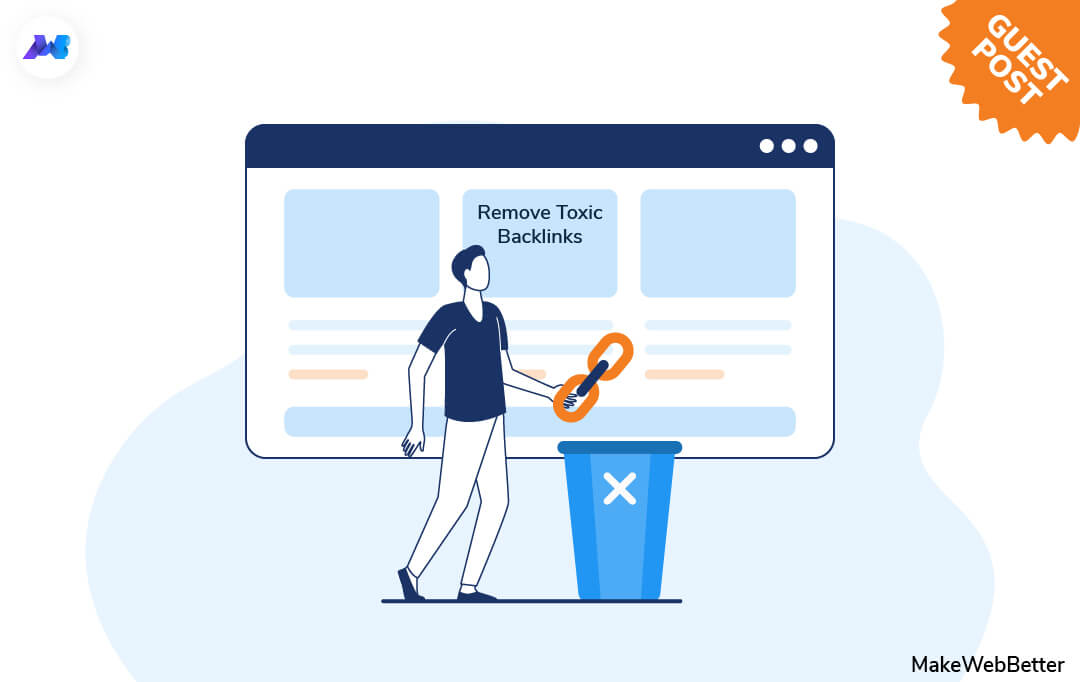

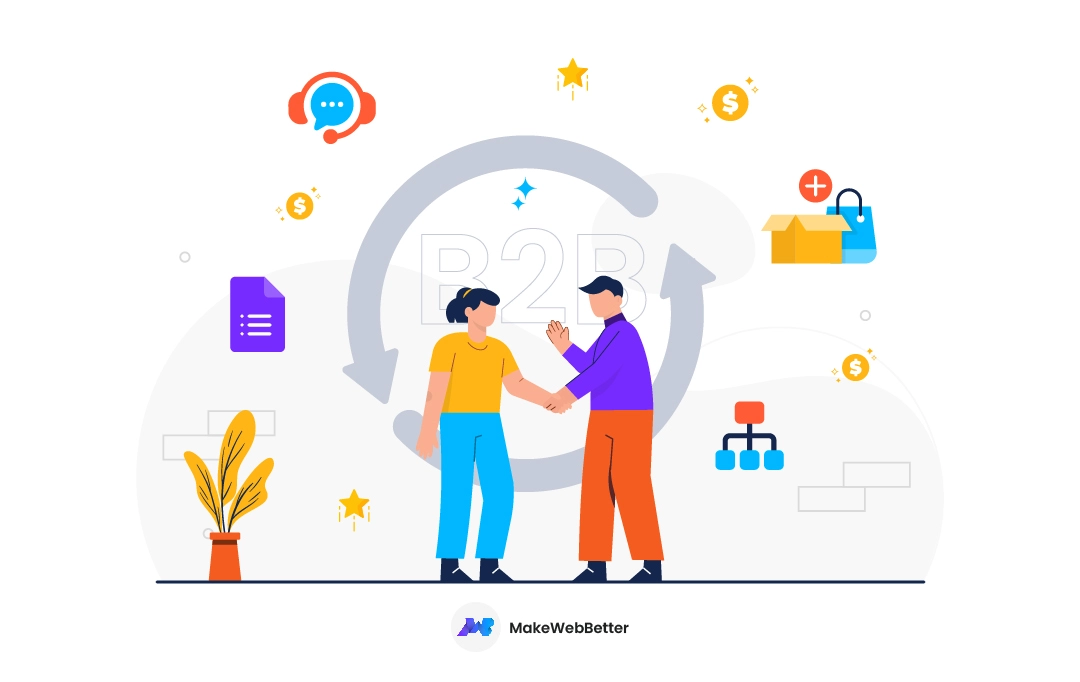
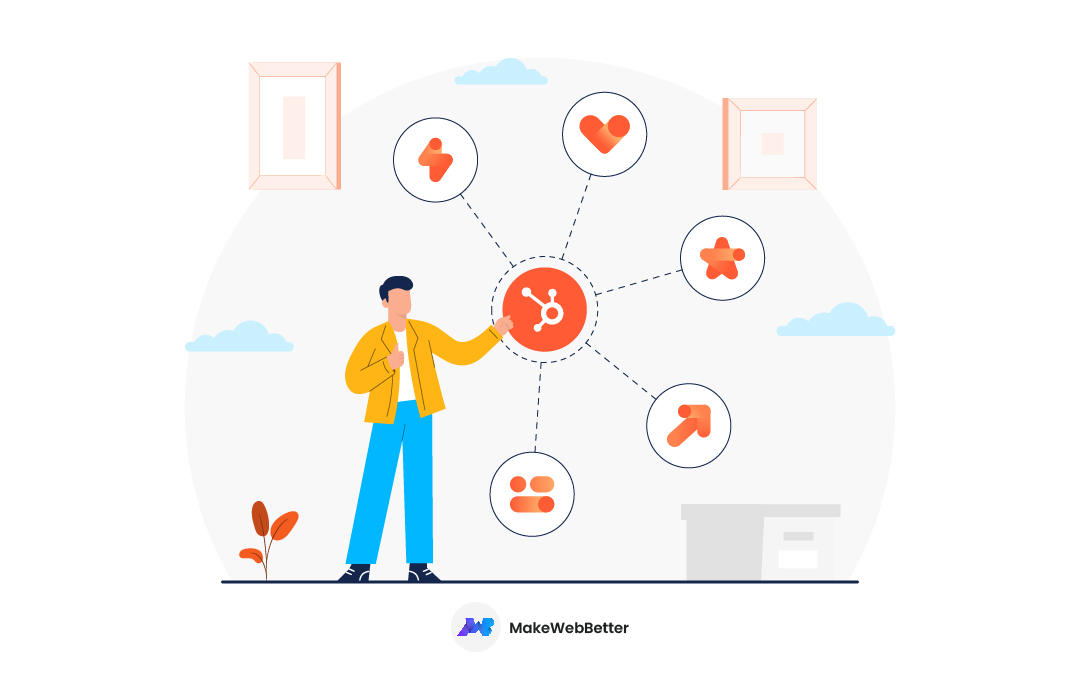
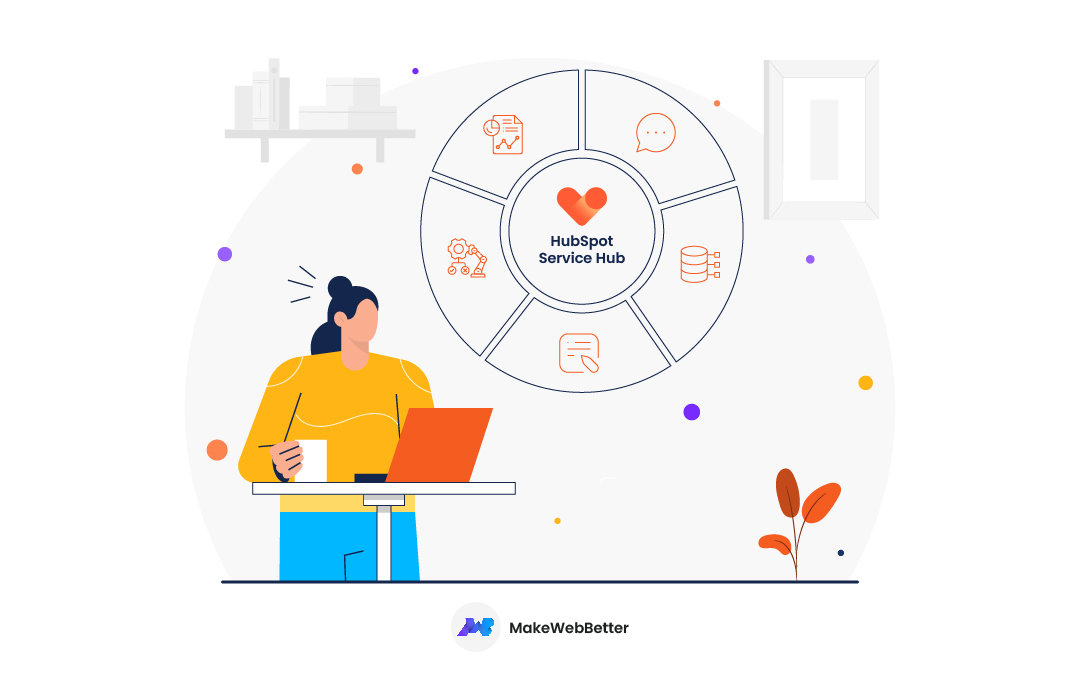




thanks for the update
This is useful. I am testing seranking now.
Hi Alina,
This is a helpful post. I am wading through old posts on my blog to fix toxic backlinks. Most links seem to be broken but others simply need to go because I linked to low quality sites. Lesson learned. Excellent advice here.
Ryan